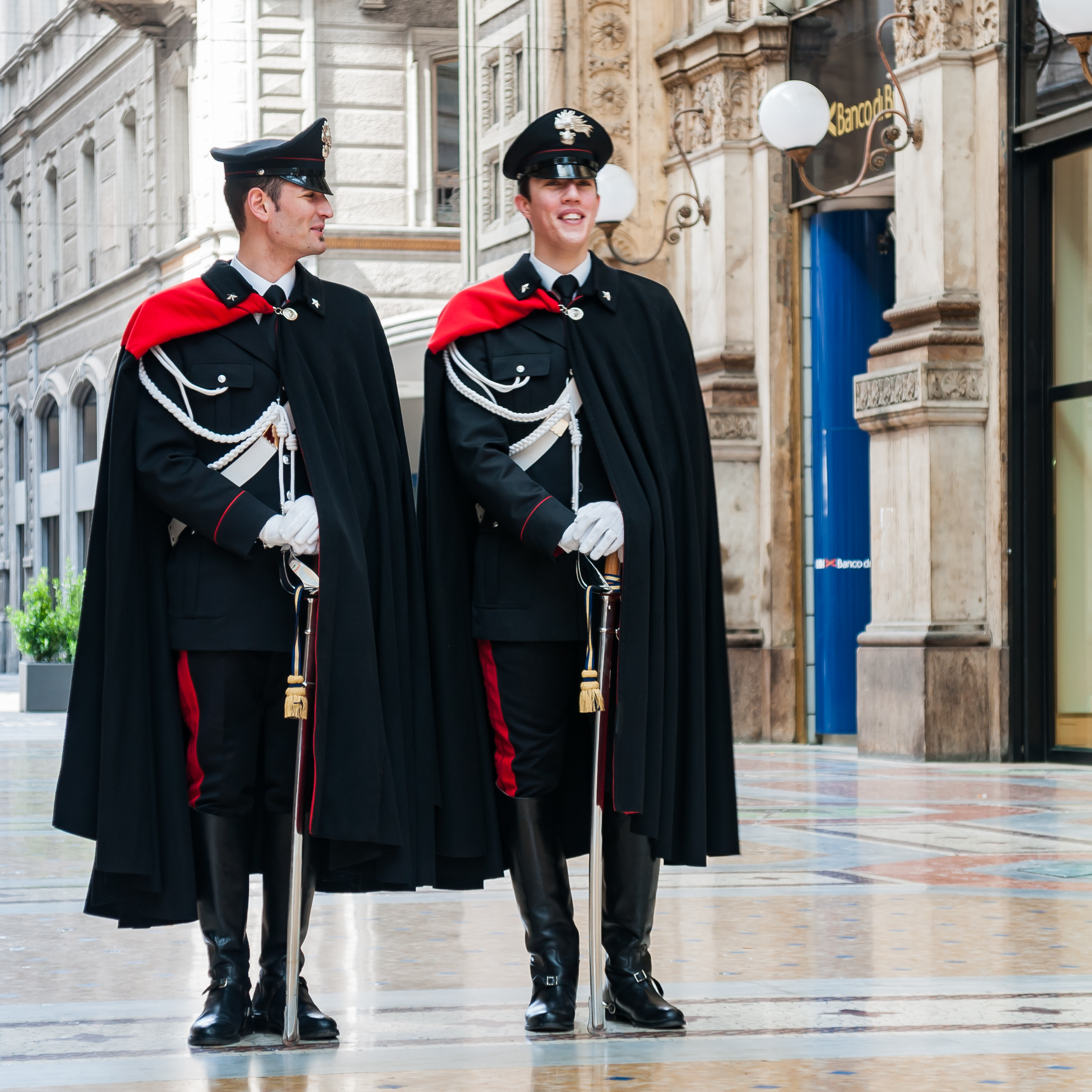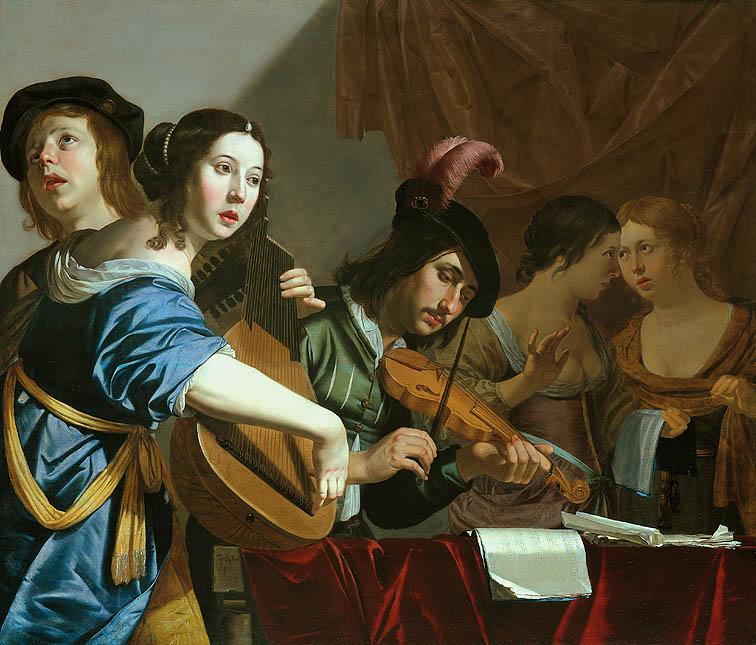|
Achton Friis
Achton Friis (5 September 1871 – 17 December 1939) was a Danish illustrator, painter and writer. He participated in the Denmark Expedition to Northeast Greenland in 1906–1908, creating a large number of works in the process, both landscape paintings and portraits, as well as a written account which was published in 1909. He later published several comprehensive and richly illustrated works with descriptions of the nature and cultural history of different parts of Denmark. In addition, he designed decorative works for the Bing & Grøndahl porcelain manufacturer. He is buried at Vestre Cemetery in Copenhagen. His son, Claus Achton Friis, was also a painter and graphic artist. Early life and education Friis was born in Trustrup on the Djursland peninsula in 1871. He attended the Royal Danish Academy of Fine Arts in Copenhagen from 1895 to 1899. He learned etching techniques from Carl Locher in 1900–01. Danish Expedition to Greenland, 1906-08 In 1906–08, Friis particip ... [...More Info...] [...Related Items...] OR: [Wikipedia] [Google] [Baidu] |
Aage Bertelsen
Aage Bertelsen (28 September 1873 – 9 September 1945) was a Danish painter. He was a member of the Denmark Expedition to North-East Greenland. He has also worked for Kähler Keramik in Næstved. Biography Early life and career Aage Bertelsen was born in Næstved where his father, the painter Rudolf Bertelsen, was an art teacher at the Herlufsholm Bording School. From an early age he was taught to draw and paint by his father as well as by the painter L.A. Ring who was a close friend of the family. He later attended Zahrtmann's art school from 1892 to 1896 while working for Landvæsenet (1894–1897). Zahrtmann accompanied him on a journey to Italy in 1897 and in 1899–1900 he visited Germany and France.. Bertelsen exhibited at Charlottenborg's Spring Exhibition from 1899 to 1903 and at Kleis’ exhibition in 1901 and was a member of Den Frie Udstilling from 1904. Expedition to Greenland, 1906–1908 In 1906–1908, Bertelsen participated in the Denmark Expedit ... [...More Info...] [...Related Items...] OR: [Wikipedia] [Google] [Baidu] |
1939 Deaths
This year also marks the start of the Second World War, the largest and deadliest conflict in human history. Events Below, the events of World War II have the "WWII" prefix. January * January 1 ** Third Reich *** Jews are forbidden to work with Germans. *** The Youth Protection Act was passed on April 30, 1938 and the Working Hours Regulations came into effect. *** The Jews name change decree has gone into effect. ** The rest of the world *** In Spain, it becomes a duty of all young women under 25 to complete compulsory work service for one year. *** First edition of the Vienna New Year's Concert. *** The company of technology and manufacturing scientific instruments Hewlett-Packard, was founded in a garage in Palo Alto, California, by William (Bill) Hewlett and David Packard. This garage is now considered the birthplace of Silicon Valley. *** Sydney, in Australia, records temperature of 45 ˚C, the highest record for the city. *** Philipp Etter took over ... [...More Info...] [...Related Items...] OR: [Wikipedia] [Google] [Baidu] |
1871 Births
Events January–March * January 3 Events Pre-1600 * 69 – The Roman legions on the Rhine refuse to declare their allegiance to Galba, instead proclaiming their legate, Aulus Vitellius, as emperor. * 250 – Emperor Decius orders everyone in the Roman Empire (except ... – Franco-Prussian War – Battle of Bapaume: Prussians win a strategic victory. * January 18 – Proclamation of the German Empire: The member states of the North German Confederation and the south German states, aside from Austria, unite into a single nation state, known as the German Empire. The King of Prussia is declared the first German Emperor as Wilhelm I of Germany, in the Hall of Mirrors at the Palace of Versailles. Constitution of the German Confederation (1871), Constitution of the German Confederation comes into effect. It abolishes all restrictions on Jewish marriage, choice of occupation, place of residence, and property ownership, but exclusion from government employm ... [...More Info...] [...Related Items...] OR: [Wikipedia] [Google] [Baidu] |
Artnet
Artnet.com is an art market website. It is operated by Artnet Worldwide Corporation, which has headquarters in New York City, in the United States, and is owned by Artnet AG, a German publicly traded company based in Berlin that is listed on the Frankfurt Stock Exchange. The company increased revenues by 25.3% to 17.3 million EUR in 2015 compared with a year before. Company history The company was founded as Centrox Corporation in 1989 by Pierre Sernet, a French collector who developed database software which allowed images of artworks to be associated with market prices. Hans Neuendorf, a German art dealer, began to invest in the company in the 1990s; he became chairman in 1992 and chief executive officer A chief executive officer (CEO), also known as a central executive officer (CEO), chief administrator officer (CAO) or just chief executive (CE), is one of a number of corporate executives charged with the management of an organization especial ... in 1995. That s ... [...More Info...] [...Related Items...] OR: [Wikipedia] [Google] [Baidu] |
Kunstindeks Danmark
''Weilbachs Kunstnerleksikon'' (Weilbach's Biographical Dictionary of Artists) is a Danish biographical dictionary of artists and architects. The current edition, which is also freely accessible online, contains the biographies of some 8,000 Danish artists and architects. History The first edition, ''Dansk Konstnerlexikon'' (1878), was the work of Philip Weilbach Philip Weilbach (5 August 1834, Usserød – 22 November 1900, Copenhagen) was a Danish art historian and encyclopedist. He is remembered above all for his pioneering work on the early editions of the biographical dictionary, ''Weilbachs Kunstne ... which he expanded into the two-volume ''Nyt dansk Kunstnerlexikon'' in 1897. In subsequent editions, it became the standard reference work on all notable Danish artists and architects. The third edition, under the auspices of a committee, was published in three volumes (1947–1952) and was said to provide biographical details and information on Danish artists including pa ... [...More Info...] [...Related Items...] OR: [Wikipedia] [Google] [Baidu] |
Queen Louise Land
Queen Louise Land ( da, Dronning Louise Land; kl, Nuna Dronning Louise) is a vast mountainous region located west of Dove Bay, King Frederick VIII Land, northeastern Greenland. Administratively it is part of the Northeast Greenland National Park zone. The highest point of Queen Louise Land is Gefiontinde, with a height of , the highest of the Gefiontinder group of peaks located at . Google Earth Geologically Queen Louise Land is made up of orthogneiss overlain by sedimentary rocks. History This remote area was named ''Dronning Louises Land'' after Queen Louise of Denmark (1851–1926), wife of King Frederick VIII of Denmark, by the ill-fated 1906–08 Denmark Expedition —the expedition that aimed to map one of the last unknown parts of Greenland. Danish Arctic explorer Alf Trolle claimed that this area had been originally named as ''Den Store Nanuták'' —The Big Nunatak. Queen Louise Land was subsequently visited by the 1912–13 Danish Expedition to Queen Louise ... [...More Info...] [...Related Items...] OR: [Wikipedia] [Google] [Baidu] |
Cape Achton Friis
A cape is a clothing accessory or a sleeveless outer garment which drapes the wearer's back, arms, and chest, and connects at the neck. History Capes were common in medieval Europe, especially when combined with a hood in the chaperon. They have had periodic returns to fashion - for example, in nineteenth-century Europe. Roman Catholic clergy wear a type of cape known as a ferraiolo, which is worn for formal events outside a ritualistic context. The cope is a liturgical vestment in the form of a cape. Capes are often highly decorated with elaborate embroidery. Capes remain in regular use as rainwear in various military units and police forces, in France for example. A gas cape was a voluminous military garment designed to give rain protection to someone wearing the bulky gas masks used in twentieth-century wars. Rich noblemen and elite warriors of the Aztec Empire would wear a tilmàtli; a Mesoamerican cloak/cape used as a symbol of their upper status. Cloth and clothing ... [...More Info...] [...Related Items...] OR: [Wikipedia] [Google] [Baidu] |
Achton Friis Islands
The Achton Friis Islands ( da, Achton Friis Øer) are a group of two uninhabited islands in the Greenland Sea, Greenland. They were named by the Denmark expedition in honor of illustrator Achton Friis, one of the expedition members. Geography The Achton Friis Islands lie northeast of Jokel Bay, northeastern Greenland. They are located east of the terminus of the Zachariae Isstrom glacier, south of Cape Drygalsky, off the southeastern coast of Lambert Land and north of Schnauder Island ; to the southwest of the Norske Islands and northwest of the Franske Islands. There are two islands in the group, the main island and a smaller island off its northernmost headland, separated from it by a narrow sound. See also *List of islands of Greenland The following is an alphabetical list of the islands of Greenland. Many of these islands have both a Kalaallisut language name and a European language name. Islands and archipelagoes * Aaluik * Aasiaat Archipelago *Achton Friis Isla ... [...More Info...] [...Related Items...] OR: [Wikipedia] [Google] [Baidu] |
Theorbo
The theorbo is a plucked string instrument of the lute family, with an extended neck and a second pegbox. Like a lute, a theorbo has a curved-back sound box (a hollow box) with a wooden top, typically with a sound hole, and a neck extending out from the soundbox. As with the lute, the player plucks or strums the strings with one hand while "fretting" (pressing down) the strings with the other hand; pressing the strings in different places on the neck produces different pitches (notes), thus enabling the performer to play chord (music), chords, basslines and melody, melodies. It is related to the ''liuto attiorbato'', the French ', the archlute, the German baroque lute, and the ''Angélique (instrument), angélique'' or ''angelica''. A theorbo differs from a regular lute in that the theorbo has a much longer neck which extends beyond the regular fingerboard/neck and a second pegbox at the end of the extended neck. (The pegboxes enable the lute to be tuned by turning the pegs to m ... [...More Info...] [...Related Items...] OR: [Wikipedia] [Google] [Baidu] |
.jpg)
_(LOC)_-_Flickr_-_The_Library_of_Congress.jpg)


